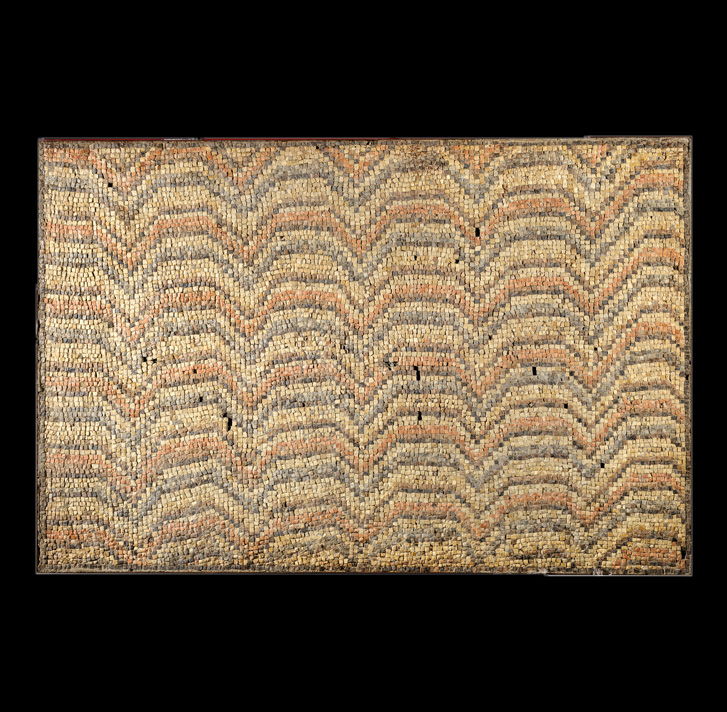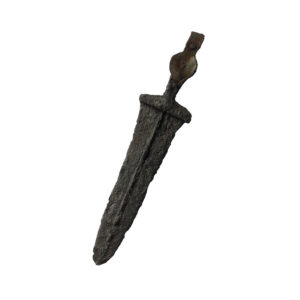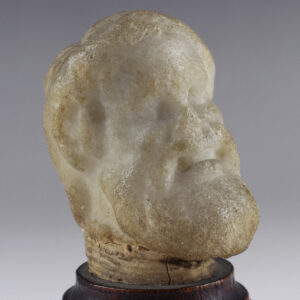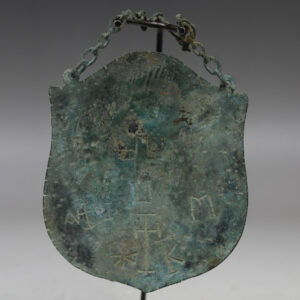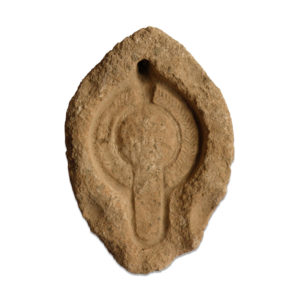Description
| ITEM | Mosaic with wavy lines pattern |
| MATERIAL | Tesserae |
| CULTURE | Late Roman / Byzantine |
| PERIOD | 4th – 7th Century A.D |
| DIMENSIONS | 154 cm x 102 cm, 100-120 kg |
| CONDITION | Good condition, some tesserae are missing |
| PROVENANCE | Ex German private collection, acquired between 1970 – 1980 |
| DESCRIPTION | Rectangular mosaic. Slightly angular horizontal wavy lines of reddish, grey and light tesserae alternately lie on top of each other and form a regular pattern |
Mosaics are among the most durable forms of decorative art to have survived from antiquity. They appear in the Greek world in the form of pavements using natural pebbles set in a bed of plaster or mortar. The more familiar form, composed of small near-cubic pieces of stone (know as tesserae) set into mortar, was developed in the Hellenistic period; it was adopted in Rome and Italy up to Middle Ages.
The majority of mosaics are found in domestic contexts, and belong to the realm of the private and quotidian rather than that of official state-commisioned art; not infrequently they can be seen as reflections and conveyors of the social preoccupations and interests of their owners.


